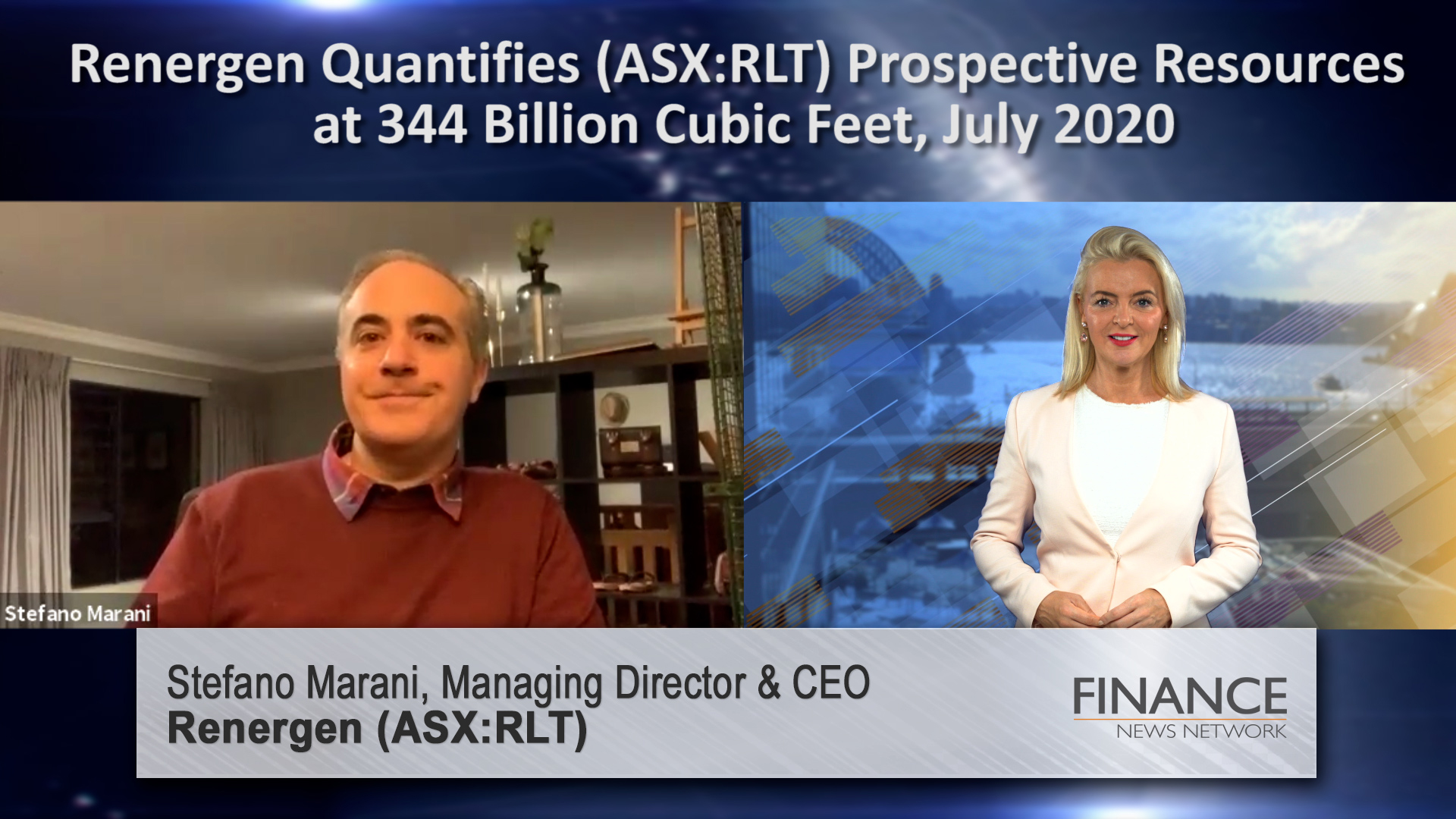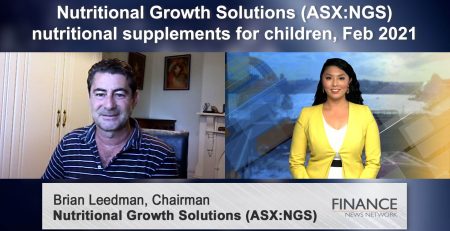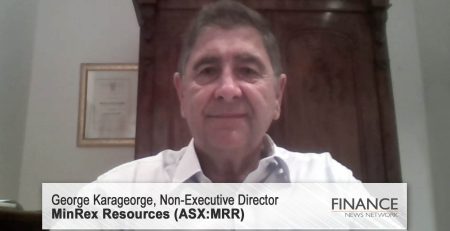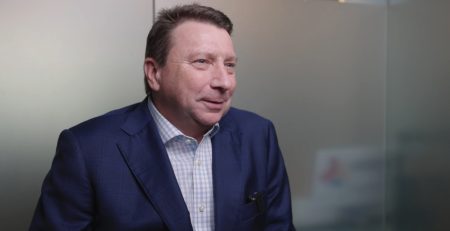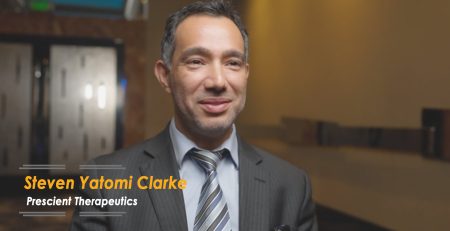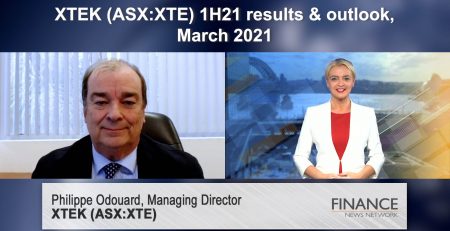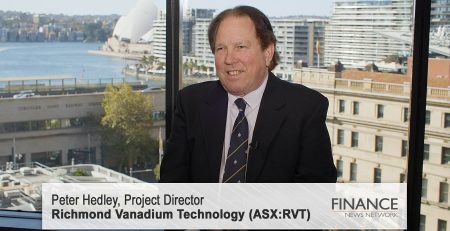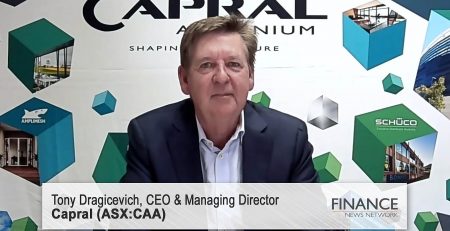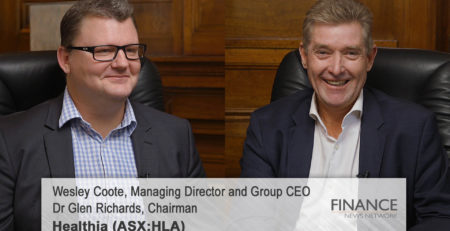Renergen (ASX:RLT) Quantifies Prospective Resources at 344 Billion Cubic Feet
Renergen Limited (ASX:RLT) Managing Director and CEO Stefano Marani talks about the company's high concentration of helium from Phase 1 drill results at its Virginia Gas Field in the Karoo Basin, South Africa.
Rachael Jones: Hello I’m Rachael Jones for the Finance News Network. Joining me from Renergen is Managing Director, Stefano Marani.
Stefano Marani: Thanks you
Rachael Jones: You’ve just announced Prospective Helium Resources of 344 billion cubic feet Can you tell us more?
Stefano Marani: Yes, this is a the combination of around 18 months with work and the results are incredibly encouraging, especially from an exploration respect it up to now, we've not yet had confirmation as to what the volume of he generated on the ground was nor what the total potential of the field was. Now, this report really has helped us dig in isolate the amount and he and that was generated As well as more importantly isolating what the source of the Union was so we so we've got a much more concentrated effort. Now when it comes to to exploration for for future reserves and resources.
Rachael Jones: And to put these results into context, how does this compare to other global helium reserves?
Stefano Marani: So look at 344 billion cubic feet is a huge amount of helium to try and put this number into context. The world consumes somewhere in the region of around 6 billion cubic feet per annum. So if we would supply 100% of world demand 344 billion cubic feet would be almost six decades worth of supply. Now I need to caveat. That's, that's obviously not to say that that all of that he was there.It's this is this is merely just a an upper in estimate as to how much he has been has been generated. What could potentially be recoverable. But, we certainly not expecting that that will culminate INTO RESERVES but but still it's a it's a big enough number that even only a fraction of that would be would be huge for us.
Rachael Jones: How will this translate into proven reserves?
Stefano Marani: So in order to take this and to turn it into proven reserves, a huge amount of work has been done and and we started this work, probably somewhere in the regional over a year ago. So we've been we've been accumulating a huge amount of data. More importantly we've been we've been isolating the faults and the fishes, where the gas is being carried up to the surface. We've mapped out those faults and fishes with with a fair degree of accuracy and we've identified somewhere in the region of 900 kilometres worth of gas buried for plan structures now. That, combined with the work that that was done regarding the isolation of uranium theory and partners, they're combined with the work that was done by the University of Edinburgh with regards to calculation regeneration of EDM, combined with obviously the well that was drove in December last year. And this upcoming well all of this has been fed through to disprove as global now come up with, with their, their updated reserves and resources which which hopefully all things being equal, we're hoping to be able to finance of time in September.
Rachael Jones: Now to the drill program. What have you learnt about the best way to access the helium?
Stefano Marani: So what I've what I've mentioned before is that we don't have a conventional reservoir. The gas comes with surface five awesome fishes and then means that that we're now busy testing. Now that our first kind of inclined well. And that means that if you drilling in at a 45 degree angle your probability of hitting the ball from the fisher is significantly higher than if you were drilling vertically
So the most important thing about this upcoming well is going to be the efficacy of the of the theory to see whether or not actually strikes gas or not. They we know the helium is there. You know, just to reiterate, this is a mellow helium section of the fields. So we're anticipating EDM or anywhere between quality three to 4% in this in this upcoming well. But, the most important thing is that is that this is the concept of say that yeah intersecting these vertical faults is is is much more effective by coming in with an incline. Well, and that's that's what we're trying to prove
Rachael Jones: Last question Stefano. Is there anything else you’d like to add?
Stefano Marani: So helium as I see is an incredibly important elements, not only from from the scientific perspective in terms of research rocket launchers manufacturing of electronics and all of the day he comforts, for instance, this interview would not have been possible without eve with all of the hardware that's required. But yeah, from a medical perspective, it's also important not only because of oncology with with Mr eyes, but also now with with co video they use in respirators in in a gas called geox. And it's, with that in mind, that that we see this as a very encouraging development and the reason that we see it as an encouraging develop just because we believe that there is sufficient live in this field, and that is concentrations for us to be able to produce a meaningful amount in our base. And our hope is that is that this project will be able to bring a sufficient volume of helium online in the near future that will that will try to reverse the the short supply of helium in the near term and try and bring some stability back into the market.
Rachael Jones: Stefano Marani, thanks for the update
Stefano Marani: Thank you very much.
Ends
Copyright 2020 – Finance News Network
Source: Finance News Network

